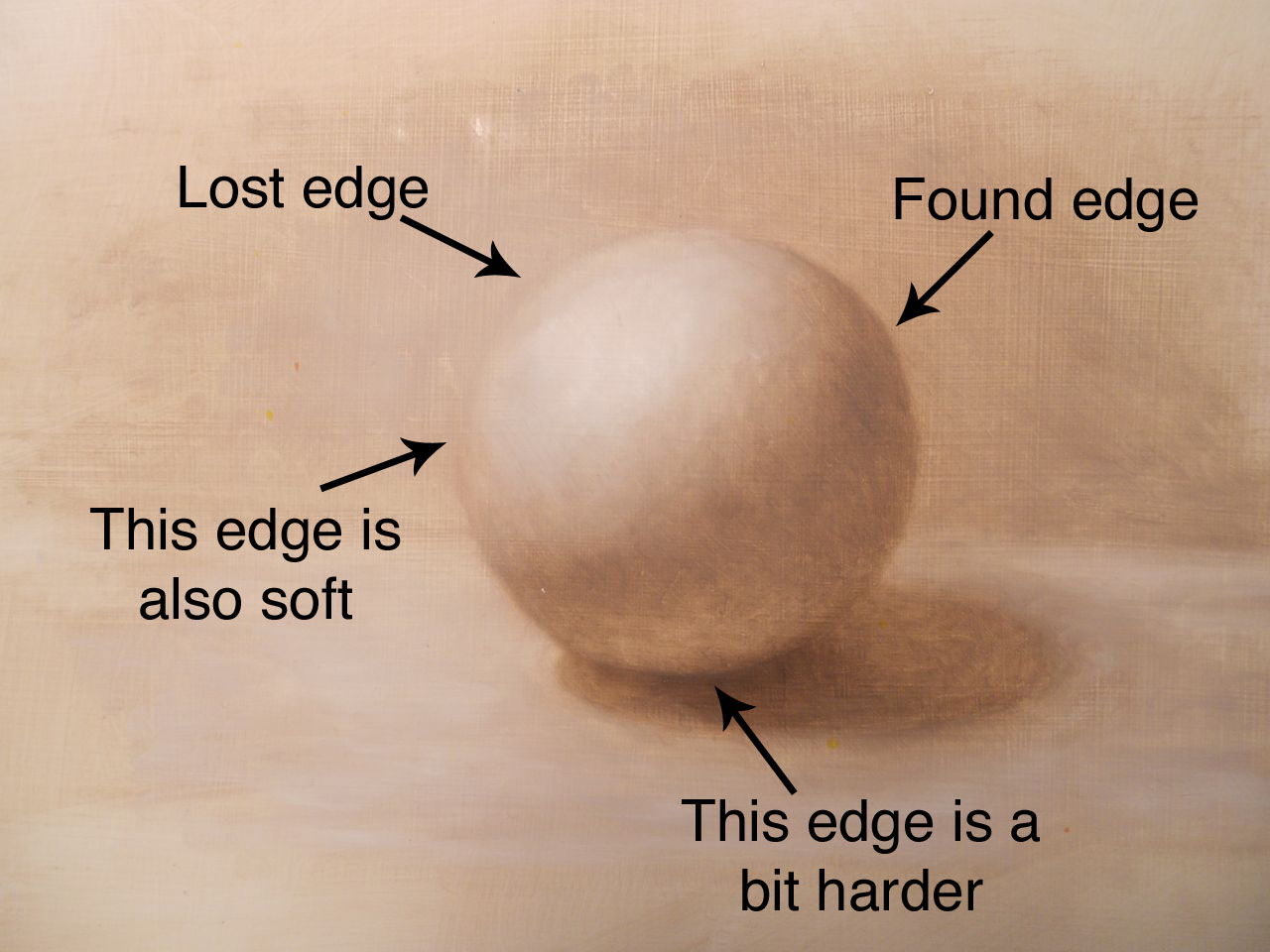Yesterday I was writing about Millais'
Ophelia. Ophelia is a character from the play
Hamlet by Shakespeare:
Hamlet, Act 1V, Scene V11
Laertes: Drowned! O, where?
Queen Gertrude: There is a willow grows askant the brook,
That shows his hoar leaves in the glassy stream.
Therewith fantastic garlands did she make
Of crowflowers, nettles, daisies, and long purples
That liberal shepherds give a grosser name,
But our cold maids do dead-men’s-fingers call them.
There on the pendent boughs her crownet weeds
Clambering to hang, an envious sliver broke,
When down her weedy trophies and herself
Fell in the weeping brook. Her clothes spread wide,
And mermaid-like awhile they bore her up;
Which time she chanted snatches of old tunes,
As one incapable of her own distress,
Or like a creature native and indued
Unto that element. But long it could not be
Till that her garments, heavy with their drink,
Pulled the poor wretch from her melodious lay
To muddy death.
Laertes: Alas, then she is drowned?
Queen Gertrude: Drowned, drowned
The play and the painting are both rich in symbolism.
Here is an article by the Tate Britain on the flowers and other symbolism in the painting and
here is a fascinating look at the painting's history, conservation, and Millais and his techniques.
As I was analyzing the painting with my student, we were talking of the shape of the painting. It is shaped like a tombstone and the value structure also helps to support the idea of a tomb. Note the rich darks surrounding her head and hands and the reeds on the left providing a backstop (or tombstone) for her head. The light flowers are overhanging her just like flowers on a grave and the sides of the stream enclose her just like a coffin.
 |
| Millais' Ophelia, Tate Britain, grayscale |








































